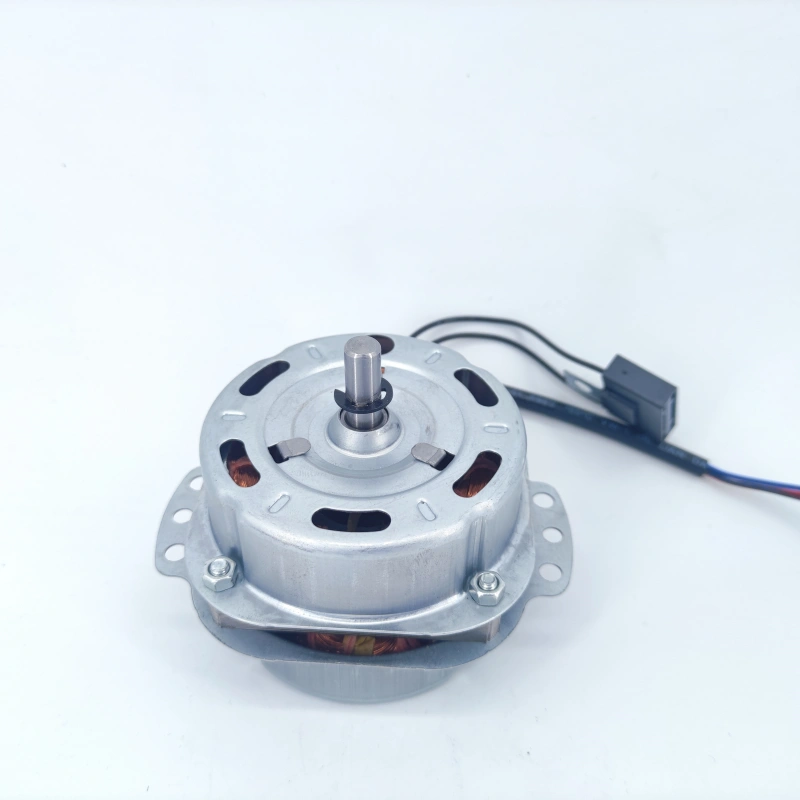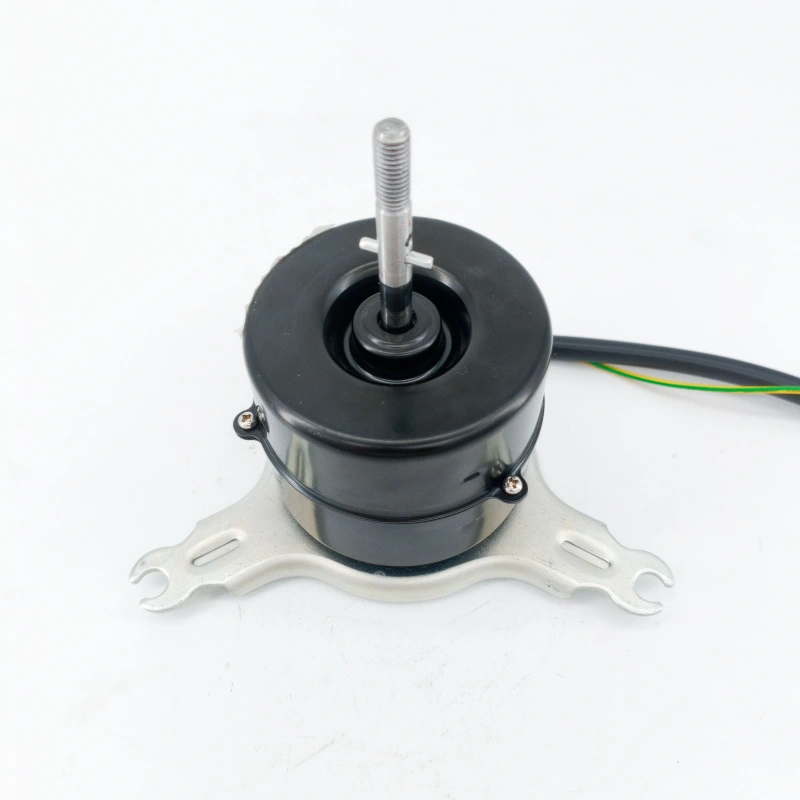The short answer is: not entirely. When the load changes, the speed of the AC motor usually changes, but the degree of change depends on the type of motor.
1. AC asynchronous motor (induction motor)
This is the most common and widely used AC motor, such as fans, water pumps, ordinary machine tools, etc.
Working principle: The speed of the rotor always “catches up” but is lower than the synchronous speed of the stator rotating magnetic field, and this speed difference is called “slip rate”.
Performance during load changes:
When unloaded or lightly loaded: the rotor speed is very close to the synchronous speed, and the slip rate is very small.
When the load increases: In order to output greater torque to drive the load, the rotor must work harder to cut the magnetic induction lines, which means that the slip ratio must increase.
Therefore, the actual rotational speed of the rotor will decrease.
Characteristic: Asynchronous motors have “hard mechanical characteristics”, which means that when the load changes within the rated range, the speed drop is relatively small (usually the slip rate at rated load is around 3% -5%).
For example, a motor with a synchronous speed of 1500 RPM may reach 1490 RPM when unloaded and drop to 1450 RPM when fully loaded.
Conclusion: For asynchronous motors, as the load increases, the speed will slightly decrease;
As the load decreases, the speed will slightly increase.
It cannot remain absolutely constant.
2. AC synchronous motor
This type of motor is commonly used in applications that require extremely high speed accuracy, such as generators, large compressors, precision textile machinery, etc.
Working principle: The speed of the rotor is strictly consistent with the synchronous speed of the stator rotating magnetic field, and there is no slip between the two.
Performance during load changes:
Within a certain load range, as long as the power frequency remains constant, the speed of the synchronous motor is strictly constant and will not change with changes in the load.
However, it has a limit: if the load torque exceeds the maximum synchronous torque that the motor can generate (i.e. “out of step torque”), the motor will “out of step” and the speed will sharply decrease until it stops.
This is a fault state.
Conclusion: For synchronous motors, the speed is absolutely constant within the normal load range.
This is the only AC motor that can truly maintain a constant speed.
3. AC motor with variable frequency speed regulation (mainstream solution in modern industry)
This is the most commonly used method in modern industry to achieve constant speed.
Both asynchronous and synchronous motors can be used in conjunction with a frequency converter.
Working principle: By using a “frequency converter” to change the frequency and voltage of the power supply to the motor, the motor speed can be precisely controlled.
Performance during load changes:
Frequency converters usually have speed closed-loop control function.
It will detect the actual speed of the motor in real time through sensors such as encoders.
When the load increases and the speed tends to decrease, the control system will immediately increase the output frequency and voltage, increase the motor torque, and “pull back” the speed to the set value.
Similarly, when the load is reduced, it will decrease the output and prevent the speed from increasing.
Conclusion: Through closed-loop control of the frequency converter, AC motors can maintain a high degree of constant speed over a wide range of loads.




